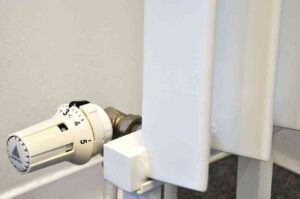In 2024, imports of rare earth elements in the European Union have experienced a notable decrease, reaching a total of 12,900 tons, which translates to a 29.3% drop compared to the previous year. Despite this significant reduction, exports from the EU remain relatively stable, with 5,500 tons sent to other countries, representing only a 0.8% decrease.
Rare earth elements, composed of a group of 17 special metals, are essential for various high-tech industries and present a high supply risk, making them a resource of vital economic importance. In this context, China has become the main supplier of these metals to the EU, accounting for 46.3% of total imports, or 6,000 tons. Russia and Malaysia also play a significant role, contributing 28.4% (3,700 tons) and 19.9% (2,600 tons) respectively.
The high dependence of the European Union on these countries raises serious concerns about supply chain security, highlighting the urgent need to diversify import sources. The concentration of imports from China is a phenomenon that could influence the stability of the market for these critical metals in the future.
Given the evolution of imports and exports in this sector, it is anticipated that trade dynamics and European economic policies will be affected, in a global scenario where competitiveness in advanced technologies is becoming increasingly important. Monitoring these commercial flows becomes a priority to ensure a secure and accessible supply of essential materials for technological development in the region.
Referrer: MiMub in Spanish











